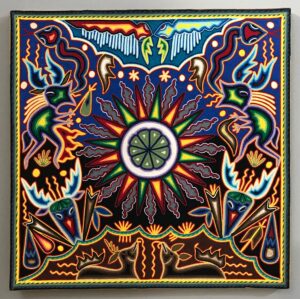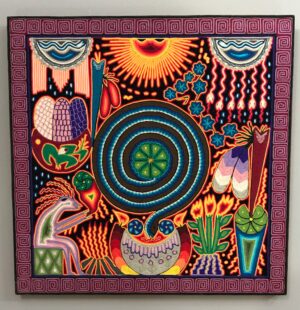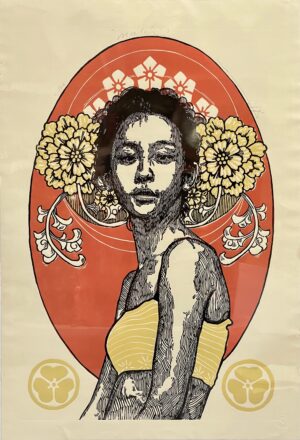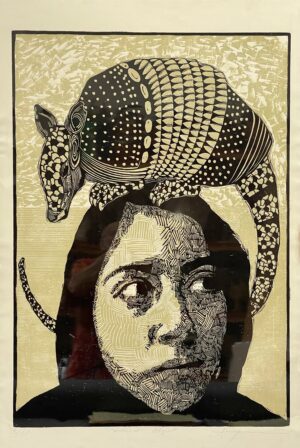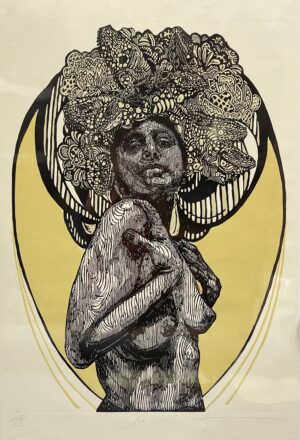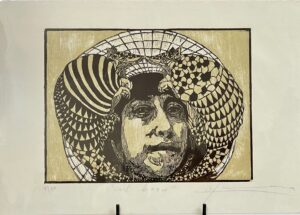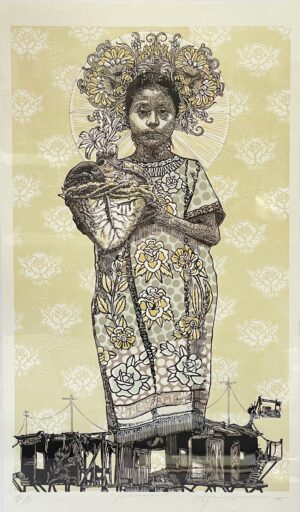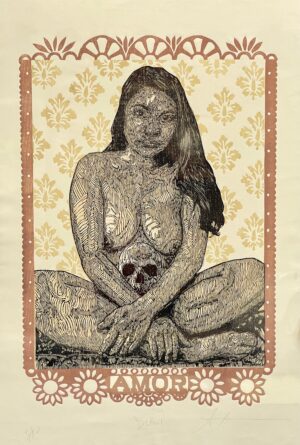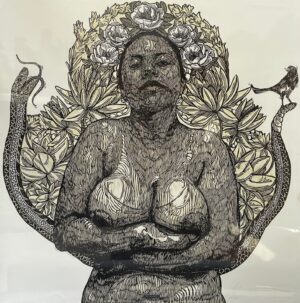• COLLECTIONS •
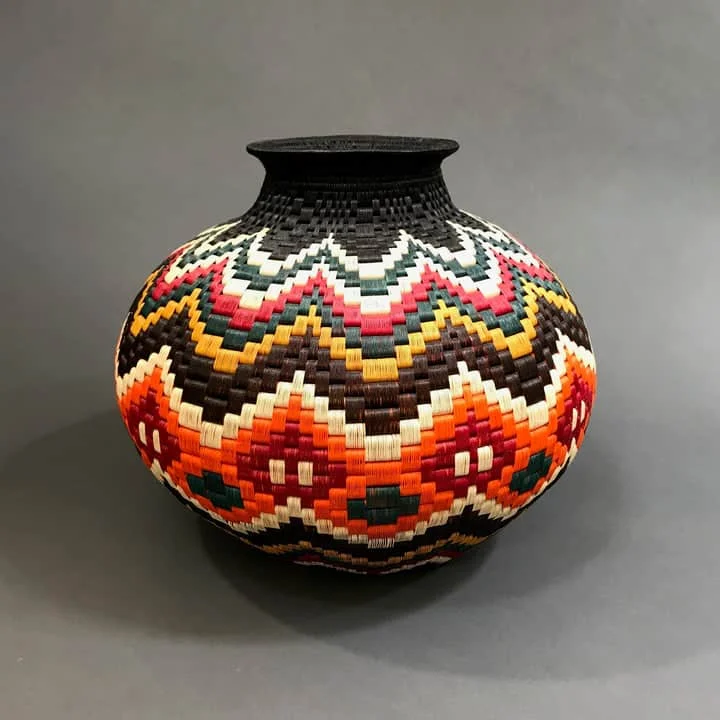
Baskets
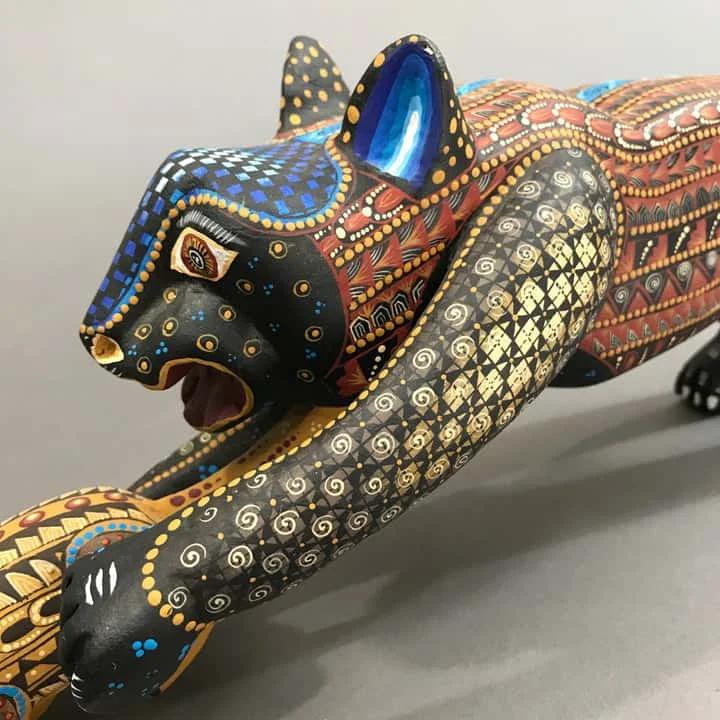
Carved and painted wood
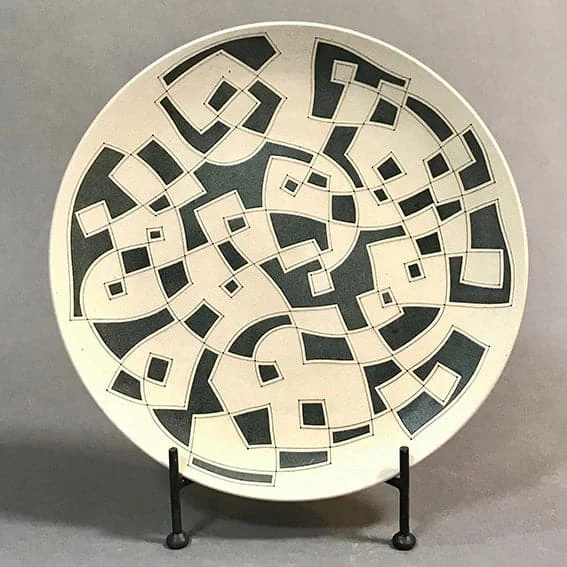
Ceramics
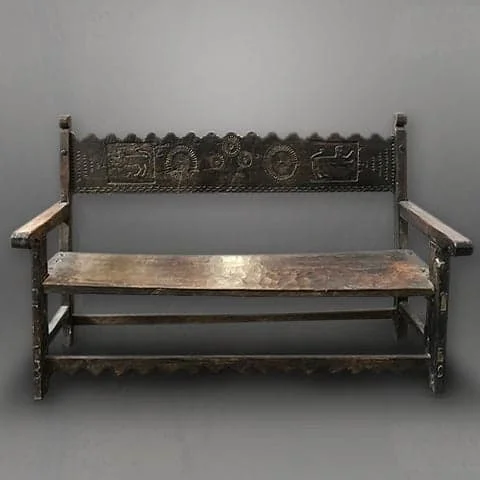
Country Antiques
For anyone furnishing or updating a home, the gallery’s collection of Mexican country furniture is a must-see. The collection includes pieces that date from colonial times, as early as late 1600s, to tables, chairs, benches and trasteros(kitchen shelf units) from the late nineteenth to the early twentieth century. The gallery specializes in pieces that still have their original paint, and every piece has been carefully restored so it is ready to go into your home.

Cut Paper Sculpture
Manuel de la Peña has studied art since he was very young – drawing, painting, sculpture. He began developing his style and technique and participated in art competitions winning prizes in the children and youth painting categories. He went on to study fine arts at Guadalajara CEDART José Clemente Orozco. He apprenticed with regional renowned painters and from there, his artistic exploration began until he achieved the artistic abilities he has today.
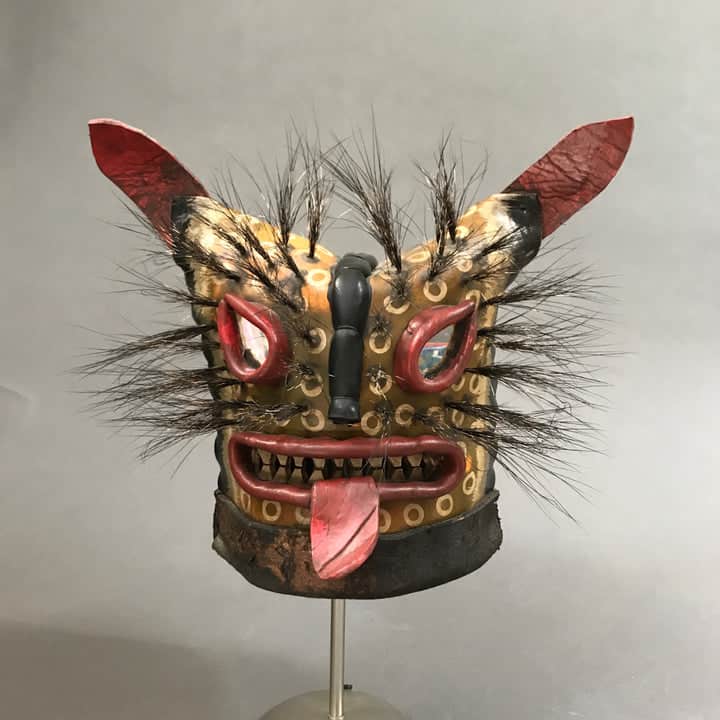
Dance Masks
Evidence of humans using masks goes back 15,000 years. Masks add power and mystery to rituals. They allow the wearer to release inhibitions, to take on a new identity, to become anonymous. As early as 1,000 BC in highly developed Mesoamerican cultures, dances and rituals involved masked dancers. When the Spanish Catholics first conquered what is now Mexico, they regarded masks as pagan, but they soon realized they could use masks to teach Catholic beliefs and Christian history. Masked dances and rituals are still widely used in villages all over Mexico, making the mask artists important members of the community.
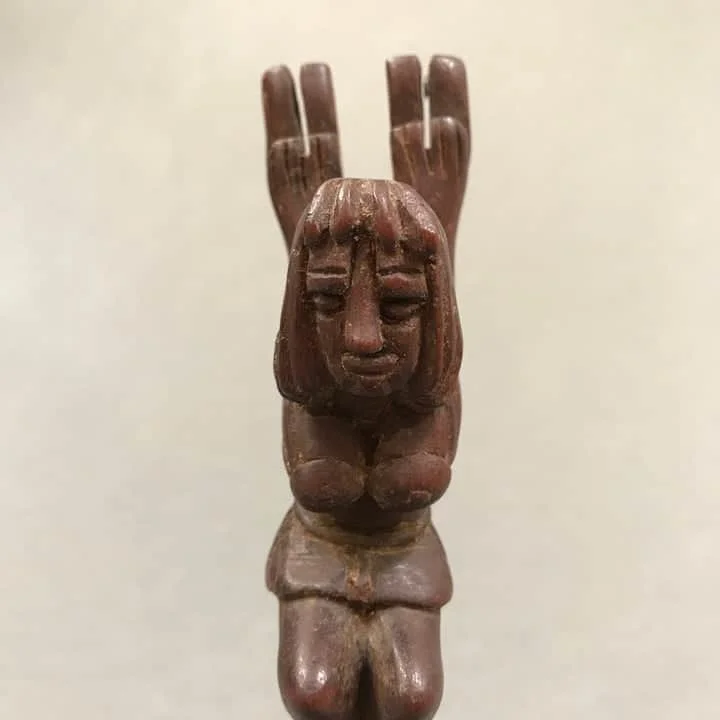
Guatemalan Slingshots
The slingshot is an ancient weapon, although before the discovery of the vulcanization of rubber in the mid 19th century, it was more like a stone in a cloth sling, or a catapult. It is allegedly what David used to defeat Goliath! The Guatemalan word for these slingshots is honda, literally catapult. In Guatemala, slingshots are used, not so much to hunt small animals but more to scare them away during planting and harvest to keep them from eating the seeds or crops.
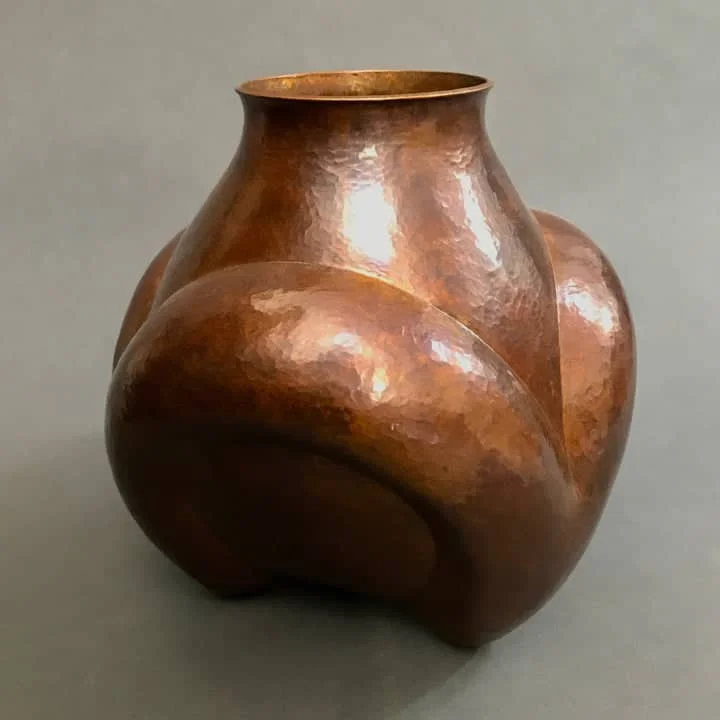
Hammered Copper
The town of Santa Clara del Cobre near Pátzcuaro in Michoacán is the source of some of the world’s most extraordinary works in copper. For over 500 years, nearby sources of copper stimulated the trade of copper work, and most of the items made were utilitarian: sinks, pots and pans, and large cooking vessels. In 1966, anAmerican artist, James Metcalf and his wife, Mexican artist Ana Pellicer, began working with the coppersmiths, teaching them new techniques and decorative designs and heralding a new era in the town. Now the coppersmiths are true artists, creating spectacular decorative vessels and chargers.
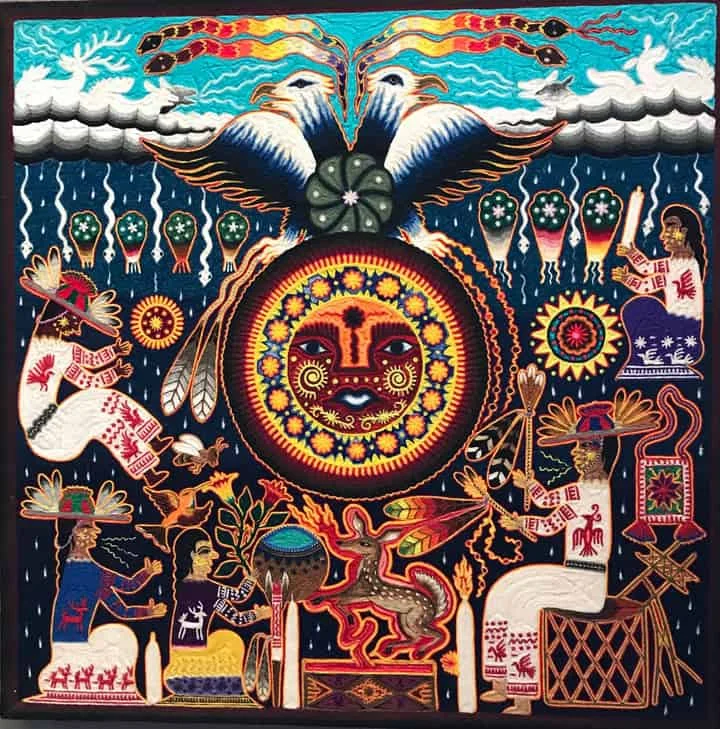
Huichol
About 10,000 Huichols, descendants of the Aztecs, live in Mexico’s Sierra Madre Mountains in an area so remote and hazardous that the Spanish conquerors never found them. They remain one of the most intact primitive cultures in the Western Hemisphere, having adapted to their harsh environment, still a pocket of isolation in the states of Jalisco and Nayarit. For many centuries, to this day, they have preserved their ancient spiritual rituals, their language, their art, and their agricultural lifestyle.
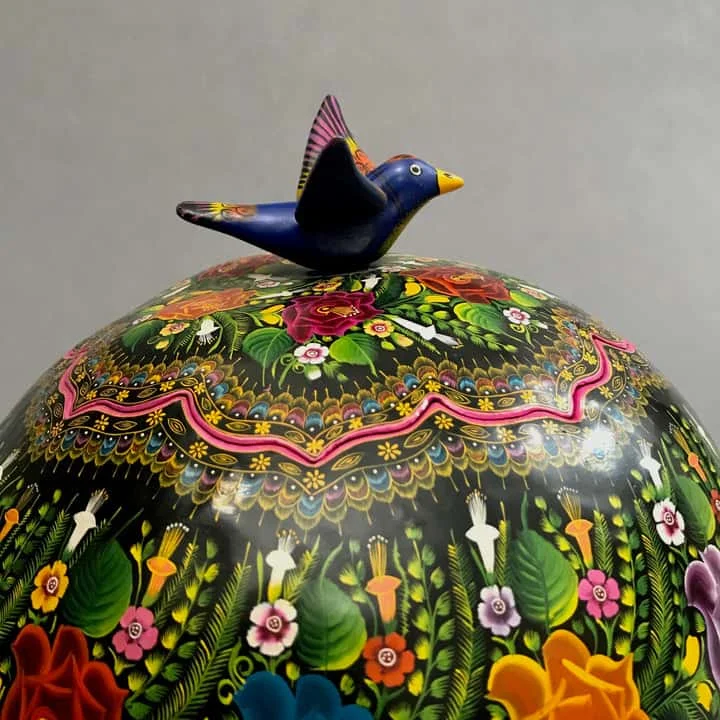
Lacquer
The spectacular lacquer gourds from Tamalacatzingo, Guerrero, have been called the “Faberge Eggs of Mexico,” so richly and intricately decorated are they. The finest ones are produced each year for the town competition where Mayer Shacter is usually the only person who is buying work. As a result, Galeria Atotonilco has by far the largest and finest collection of these spectacular, rare gourds. You won’t find them anywhere else.
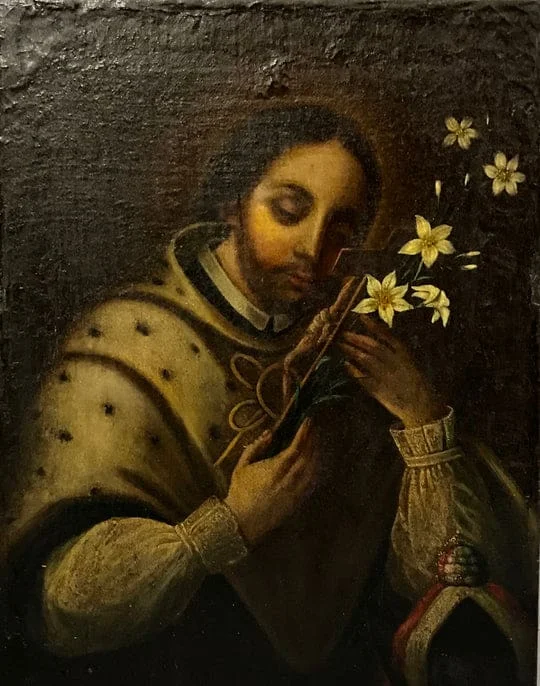
Oil on Canvas
San Juan Nepocuceno, priest and martyr, depicted here in a rare 18th century oil on canvas painting, was drowned in the river by King Wenceslaus of Bohemia because he would not divulge secrets confessed to him by the queen. He is the patron saint against bearing false witness to do harm and a protector from floods and drowning.
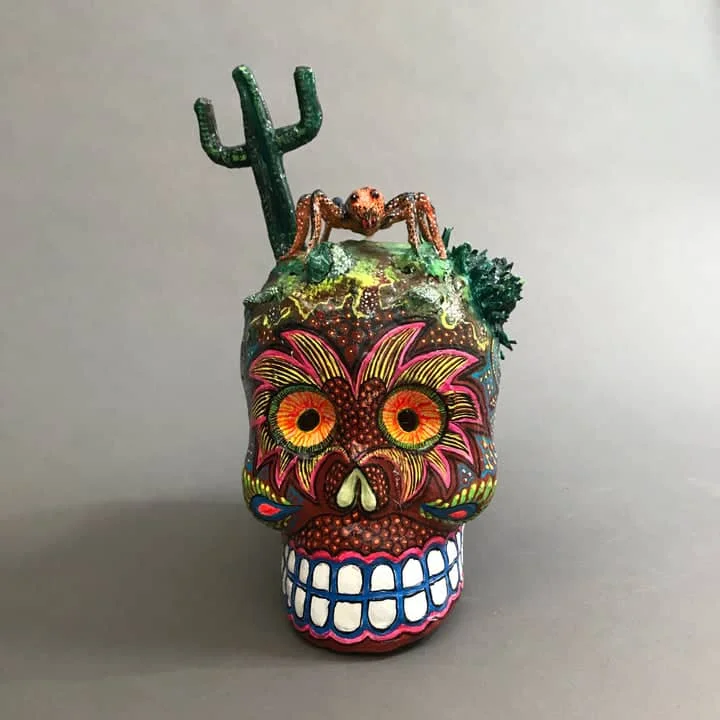
Paper Maché
There is a wide misconception that the friendly monsters and fanciful animals known as alebrijes were invented by the woodcarvers of Oaxaca. But in reality, paper maché artist Pedro Linares invented them. In the 1930s, Pedro Linares (1906-1992) was already working in paper maché. One night, he dreamed of surreal magical animals playing in a forest and all shouting the word, alebrijes. He began creating these creatures, called them alebrijes, and the tradition was born. His sons still create them.
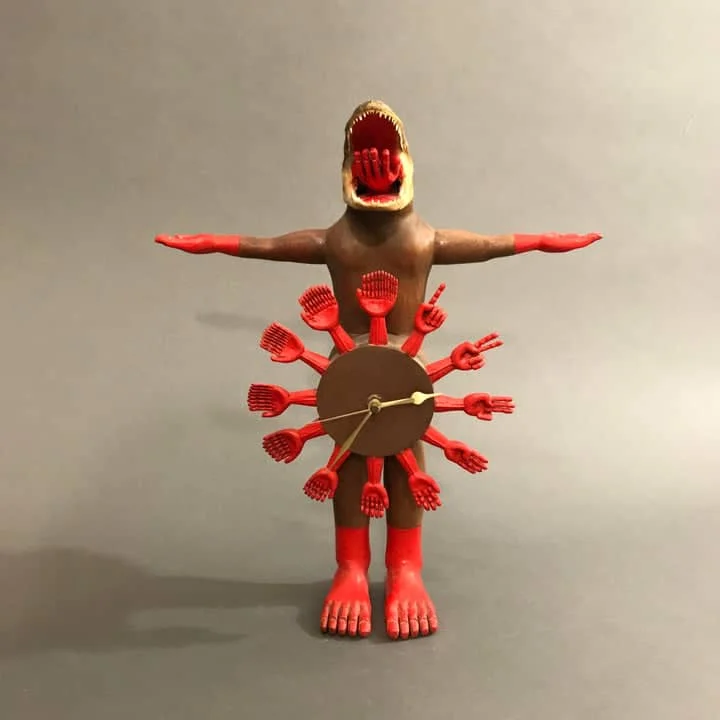
Personal Collection
Since Mayer began his career in ceramics in 1960, he has been interested in fine design and craftsmanship from many cultures. This section contains treasured items that have been in his and Susan’s personal collection and in their home for many years, gathered from their travels and selected by Mayer’s keen eye for quality and beauty. Now they need to make room for their current focus on Mexican folk art. Their loss is your gain!
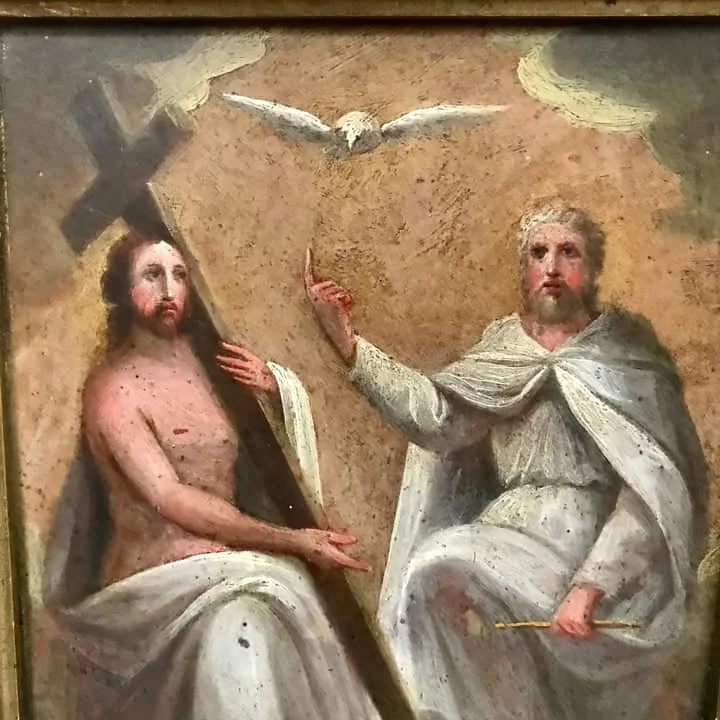
Retablos
Retablos, small devotional paintings, usually oil on tin, were brought to the new world by the Spanish, who taught indigenous artists. The quality of the painting is sometimes exquisite with expressive faces, sometimes more naïve and charming. Retablos are excellent examples of folk art. They were widely used over altars in churches or purchased by parishioners to hang in their homes.
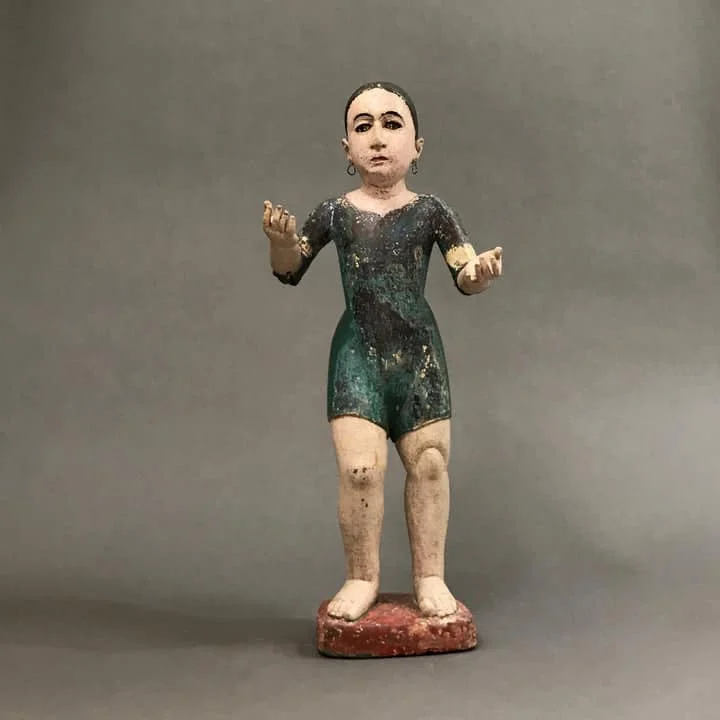
Santos
Carved wooden santos or saints were used widely in Mexico as priests and missionaries worked earnestly to convert the indigenous population as well as by the Spanish who emigrated to Mexico and built their lavish cathedrals. Spanish carvers taught the art to indigenous artists. Early santos are generally unsigned, their histories difficult to trace, and their patronage unknown. But they remain objects of affection and devotion and are imbued with the history of the colonial era.
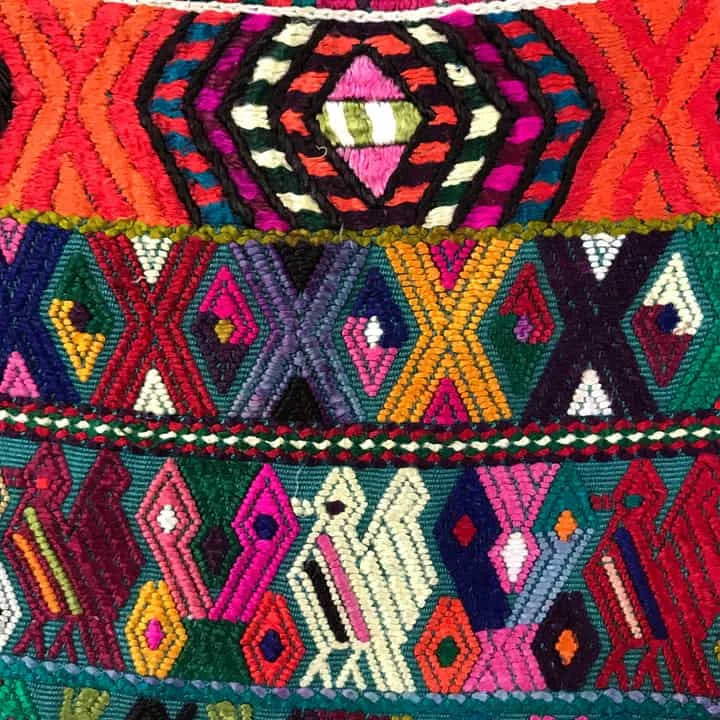
Textiles
Ancient Maya religion included a goddess of weaving, Ix Chel. She is often shown wearing a backstrap loom, which is the traditional Maya loom. Throughout contemporary Maya culture, weaving and embroidery remain widespread. The huipil, a loose fitting tunic, is still by far the most common apparel among Maya women. Each garment is unique and may require two or three months to complete, and each village has developed a distinctive design. Textiles are an integral part of Maya identity and of both everyday and ceremonial life.
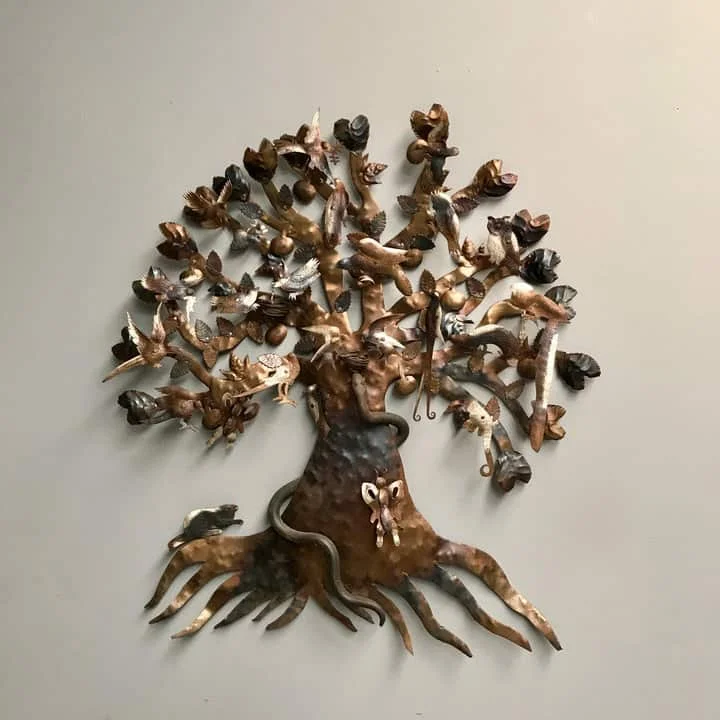
Tin and Metal
Around 1548, metal smiths in San Cristóbal, Chiapas, taught by the Spanish, began making house crosses, padlocks, latches, and doorknockers. Virtually every house bore a cross on its rooftop. Guadalupe Hermosillo has carried the metal work to a high art, both reviving colonial-era designs and creating his own. He has experimented with fire’s intensity to give the metal different shades of color, from intense blue to silvery white, with natural finish flashes of red, green, and gold mixed into a single piece. He has won nearly every honor given in his field.
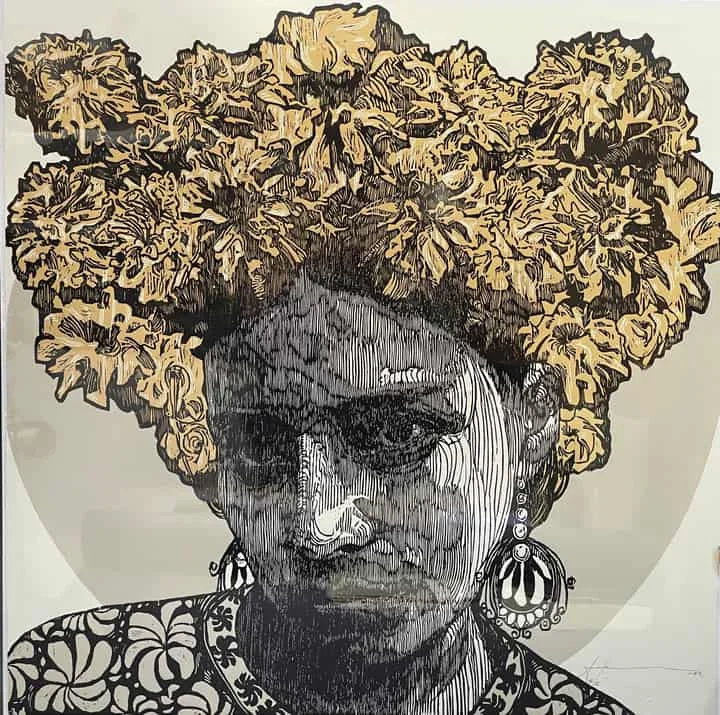
Xilografia
A prolific and in-demand Oaxacan graphic artist, Irving Herrera has exhibited his work internationally in Cuba, Argentina, Brazil, Italy, Japan, Chile, Spain, USA, China, Germany, Romania and Mexico.
Since 2008, he has had nineteen one-man exhibitions, and his work has been included in more than seventy group shows. He is the recipient of numerous awards and
prizes.
Irving Herrera is a leading figure in the flourishing graphic arts scene in Oaxaca. In his early years, he studied with the revered Japanese Mexican painter and print maker
Shinzaburo Takeda, who is considered one of Oaxaca’s most important artists.
• FEATURED COLLECTION XILOGRAFIA BY IRVING HERRERA •
-
$1,600.00
-
$1,600.00
-
$1,600.00
-
$750.00
-
$1,600.00
-
$1,600.00
-
$1,600.00
-
$2,650.00
Discover the finest quality Mexican folkart
Deepen your appreciation of Mexican culture with an experience that will be an enduring source of delight. Take home an exceptional piece of art available only in this Mexican folk art and antiques gallery.
Gallery owner Mayer Shacter shares his knowledge and stories freely, having traveled all over México to select each item. He brings over fifty years of experience as a collector, dealer, and ceramic artist.
Every purchase supports a hardworking, talented family of artists and helps to preserve Mexico’s distinctive culture.

I have been collecting Mexican Folk Art for 50 years and have never seen anything this complete and well selected.
M.F. Sacramento, CA

Don’t make other buying decisions until you visit this gallery.
Dennis Paget, New York City

Without doubt the finest exhibition and sale of Mexican popular arts in the country
Alberto Ruy Sánchez, Editor Artes de México

- Galería Atotonilco -
An unforgettable experience of Mexico.
Discover the finest quality Mexican folkart, deeply rooted
in the ancient history of México

